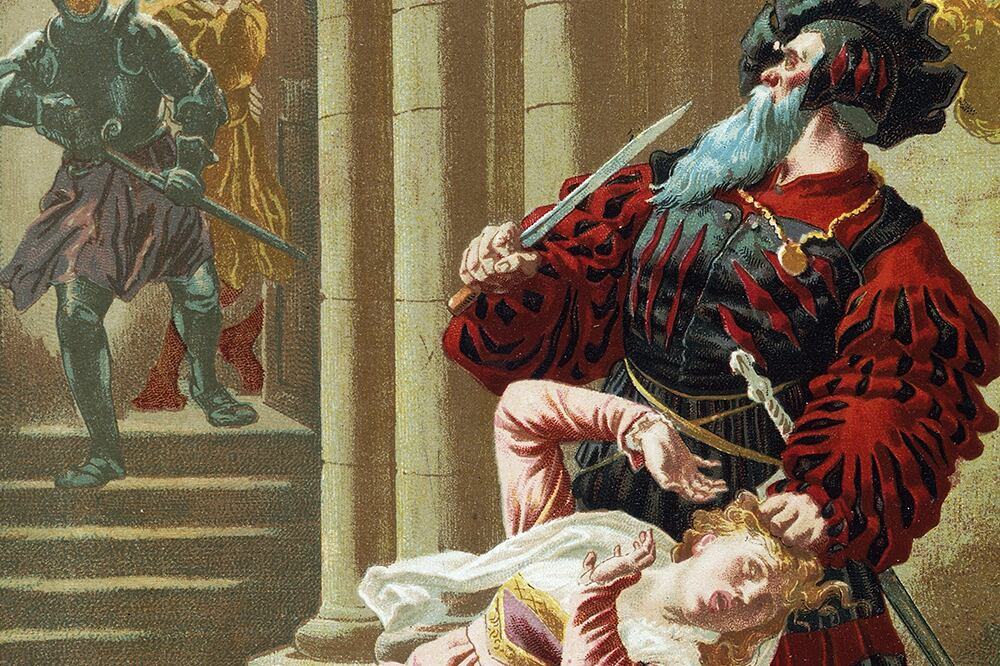One of the most enjoyable aspects of Donal Ryan’s writing is the scope of his vision. His books are generational in that they reflect the great variety of life; he takes a smalltown backdrop in Ireland and somehow turns it into the world. His six novels to date show a writer with remarkable range and interest in the lives of others, whether it’s a Syrian refugee in the Booker nominated From a Low and Quiet Sea, the perspective of a traveller in his third novel All We Shall Know, or the cacophony of broken and beleaguered voices in his multi-award winning debut The Spinning Heart.
Ryan’s new novel, billed as a “companion” to The Spinning Heart, returns to the formula that won him such acclaim for his debut. It is where his talents are most at home: revelling in the diversity of a strong cast of characters, 21 in all, whose narratives dovetail to an absorbing, empathetic story of a community in trouble.
If The Spinning Heart took the very public drama of the recession and showed the havoc wreaked on individuals and families, this new book focuses on a different but similarly pervasive problem, namely the influx of drugs into a town that has recovered financially but still bears the scars of the past.
Ryan gets the tricky act of the sequel just right, catching us up on the characters’ lives – Bobby’s efforts to be a good man despite being raised in bad faith, Denis’s time in prison, Réaltín’s marital woes, the trials of the immigrant Vasya, the old witch Lily, her granddaughter Millicent, the now retired detective Jim Gildea – while an undertow of present time menace drives the plot forward.
READ MORE
This same judiciousness can be seen in the storytelling style, which is largely realist with flashes of mysticism that are often grounded in historical significance, as when Lily remembers her time in Croom hospital, a former workhouse: “I could feel a creeping on my skin all the time I was there, and I could hear carried through the ether of the place distant whispers and cries, moans of anguish.” Heavy with wisdom after a hard life, she notes that things are only magical in as far as people believe them to be, “because belief itself is a kind of magic. You can do things that seem impossible if you believe truly and with your whole heart”.
Ryan’s approach is more collaborative, compassionate than McGahern’s, intimately acquainting the reader with the interiorities of his large cast
Ryan’s prose is another masterclass in balance, the mix of brutality and poignancy, the push and pull, that sees him get away with lines that could seem overwrought in less capable hands. The panoramic portrait of a rural community in Heart, Be At Peace calls to mind the work of McGahern, specifically his final novel That They May Face the Rising Sun, though Ryan doesn’t write with the same splinter of ice, his approach is more collaborative, compassionate, intimately acquainting the reader with the interiorities of his large cast.
The flow of these voices is perhaps the chief success of the novel, the way the different cadences complement each other, the vignettes that are by turn tragic or hopeful, and all ultimately linked. Bar the voice of Lloyd, whose foray into writing indulgently echoes some of Ryan’s own stories, they all offer something to the whole. The standout, for me, was a beautifully spare account of an older woman robbed in her bed at night, but each reader will have their own favourite, which is one of the reasons polyphonic narratives are so compelling. It’s the literary equivalent of a rollercoaster where the emotional swings in register make for a wild ride.
With so many of the voices relating episodes or seminal moments from the past, it can occasionally be hard to get a sense of where we are in time but that is more observation than criticism; Ryan has long been a writer in thrall to the past, to issues of legacy, and how “like an ouroboros eating itself over and over again, we come back upon ourselves doing the same things in different ways”.
Unlike a lot of literary writers, he is excellent at endings, and the build and climax of the novel, the way the screws are tightened dramatically, make for a suspenseful, cathartic finish. Little clues have been given along the way but the reader will be so caught up in the beguiling prose and the inherent momentum of a new story in each of the 21 sections that few will predict the end. Heart, Be at Peace is one of those novels, like Ryan’s ouroboros, that warrants rereading time and again.














